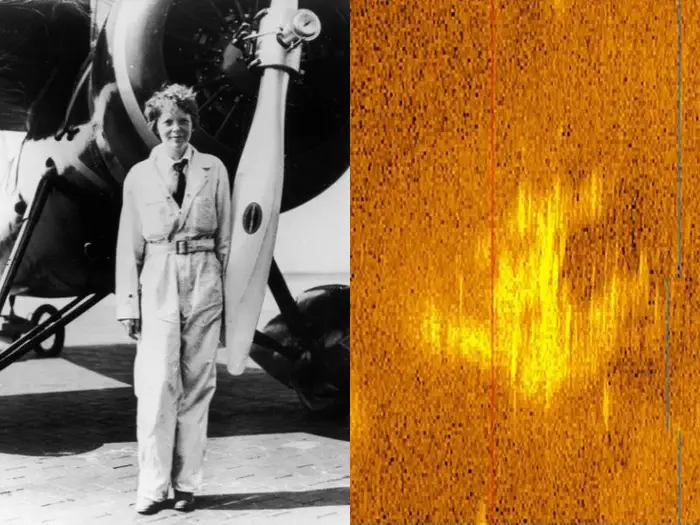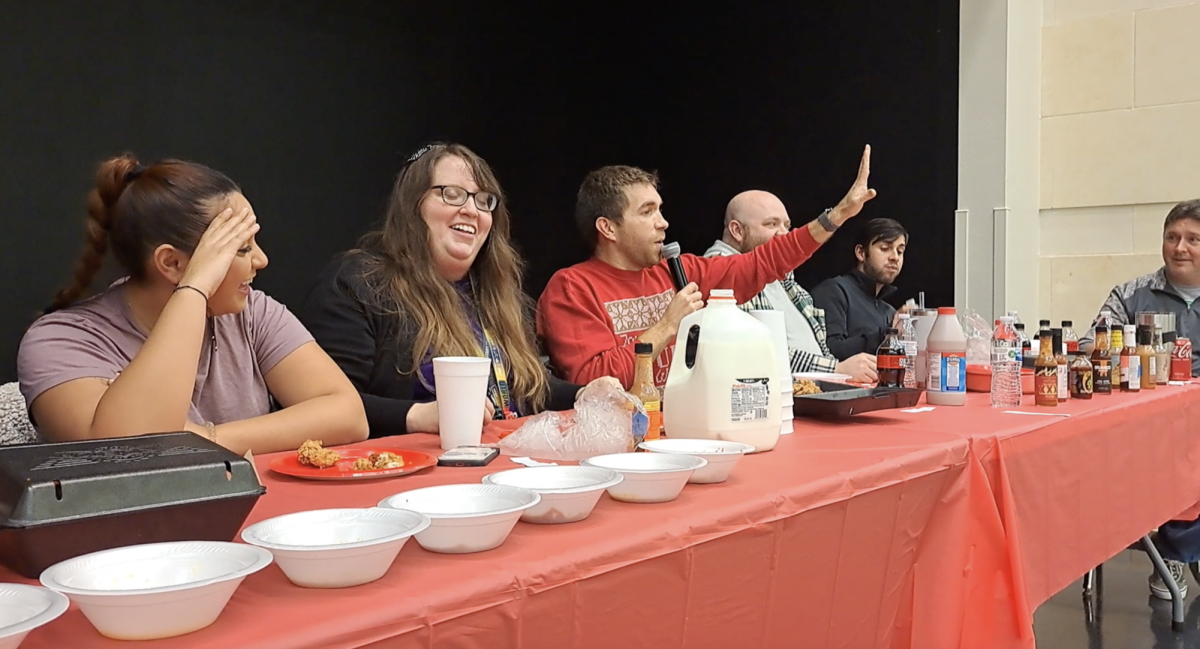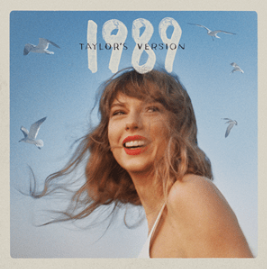Although the release of the animated film “Wish” (2023) is meant to be an ode to Disney’s older movies, in reality it represents everything wrong with the Disney Animated studio.
Homogenization
Since the production of the 2010 animated movie, “Tangled”, Disney has lost the individuality of its characters.
The main character of “Tangled”, Rapunzel, is the blueprint for which most current characters are based off of. Although Rapunzel was initially a fresh faced character, 13 years later the “quirky” archetype is now widely overused.
The pattern of peppy, forgetful, and clumsy female leads is seen in characters like Anna from “Frozen” (2013), Mirabel from “Encanto” (2021), and Asha from “Wish”. Although these characters are meant to be relatable and funny, in this pursuit, Disney sacrifices giving each of them distinct qualities. This ends up making them more insufferable and overused to its audience.
Prior to “Tangled’s” release, you can see more diverse personalities such as, the witty Jasmine from “Aladdin” (1992), the courageous Mulan from “Mulan” (1998), and the earnest Tiana from “The Princess and the Frog” (2009). One of the most enjoyable things about these princesses is they each have specific features which make them unique. As opposed to current characters, the individuality of these princesses also allows children to see themselves and relate much more to them.
Along with its characters, Disney adheres to the same formula for their movie’s plots:
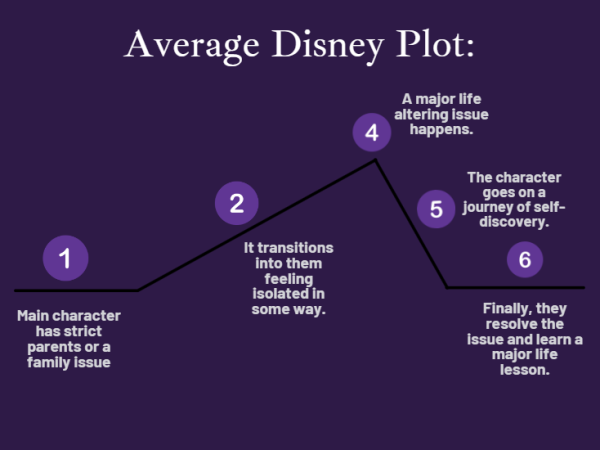
This movie style is evidently unsuccessful; As of 2023 Disney’s streaming lost $659 million dollars of revenue in its most recent quarter.
Animation
I believe the aforementioned losses can also be attributed to the animation style and quality.
The design of animation became increasingly identical across movies. For example, the three dimensional (3D), big-eyed, monotonous characters lack personality and the whimsical nature seen in films.
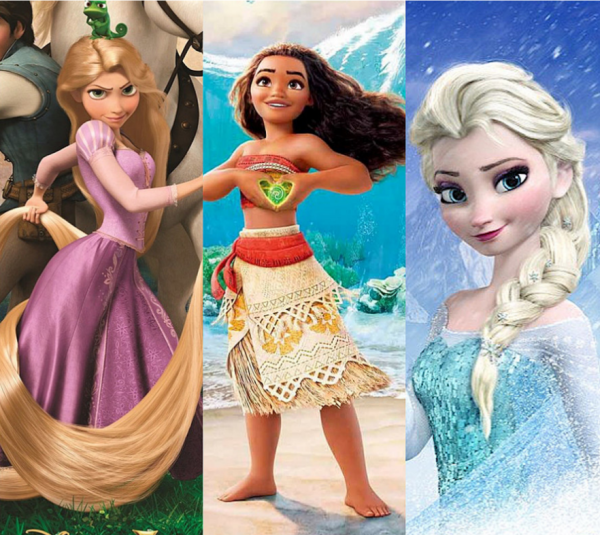
On other hand, previous eras of the studio’s animation had a unique two dimensional (2D) storybook energy. I think this helped give a nostalgic and magical feeling the company originally intended for kids to feel.
Additionally, because of its major focus on 3D, its 2D animation degraded.
As seen in “Wish”, the art style, although meant to be 2D, looks more like a series of lifeless, unfinished sketches. However when looking at older films, such as “Mulan”, you can see more emotion and intricacy in the animation.
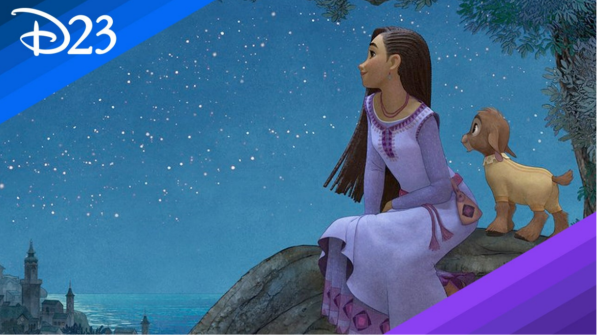

Although Disney has made immense technological progress with its 3D Animation, this does not necessarily mean it is better. Current films feel more like a brag of how realistic the animation can get rather than using the animation to add meaning. This motive is why the initial beauty and meaning of its original films is lost.
This decrease in quality is reflected in the ratings.
“Wish” received a total of 48 percent rotten tomatoes as compared to the 86 percent rotten tomatoes of “Mulan”.
Potential Success
Despite the unsatisfactory reviews that recent films are subject to, Disney has proven they have potential to improve.
In Disney-Pixar films such as “Elemental” (2023), and “Soul” (2020), the studio has proven they can be original and come up with interesting stories.
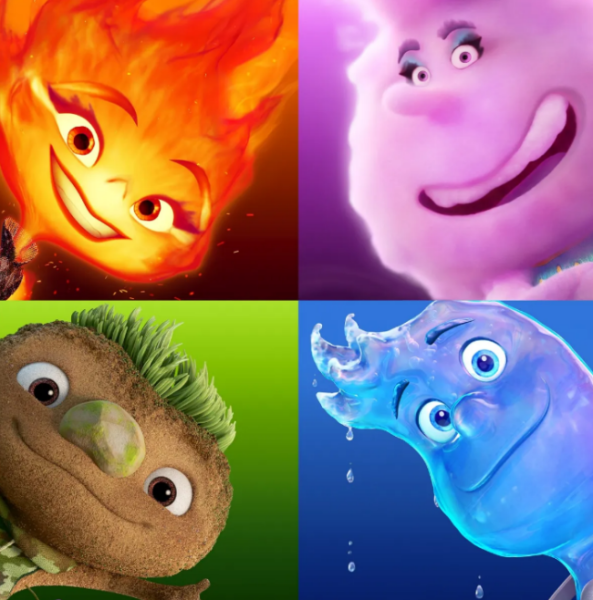
In all three of these films the animation style is used to advance the plot.
In “Elemental” the characters are shown in specific colors which represent the character’s personalities, compatibility, and emotional struggles.
In “Soul” the storyline focuses on an older man named Joe who battles the conflict between following his passion, and his reality as a teacher; This is unique to Disney’s usual storylines. Additionally, the visual of Joe’s soul, represents how he is free, true self when playing music.
These movies are a perfect example of how 3D animation can be done well. If Disney took a more creative approach when designing their characters and thinking of movie concepts, it could vastly improve.
Unfortunately, the reality is Disney still has a shortage of these movies, and until it fixes its animation and becomes more individualistic, it will continue on its path to failure.




